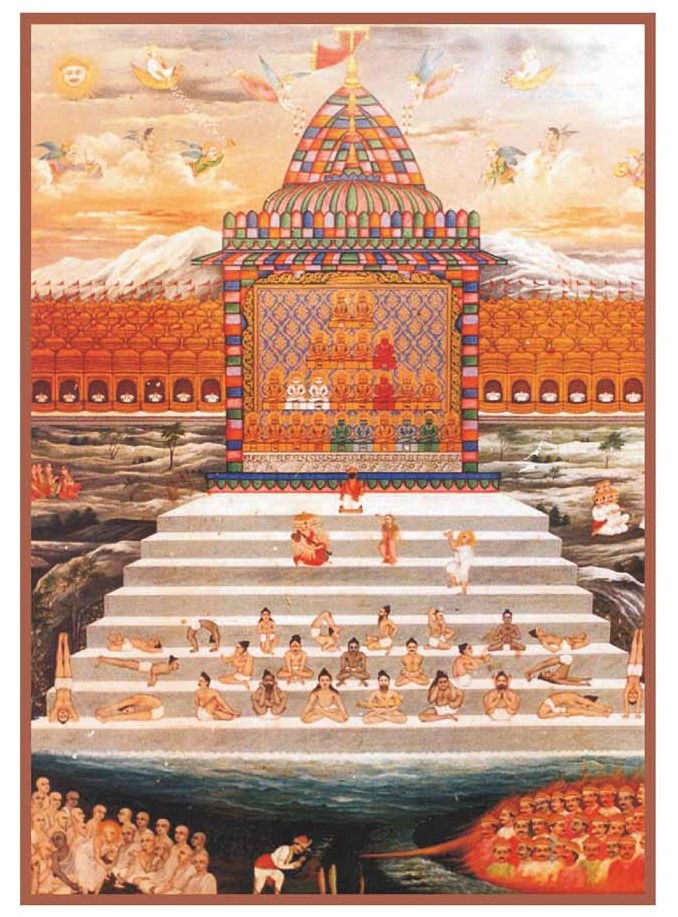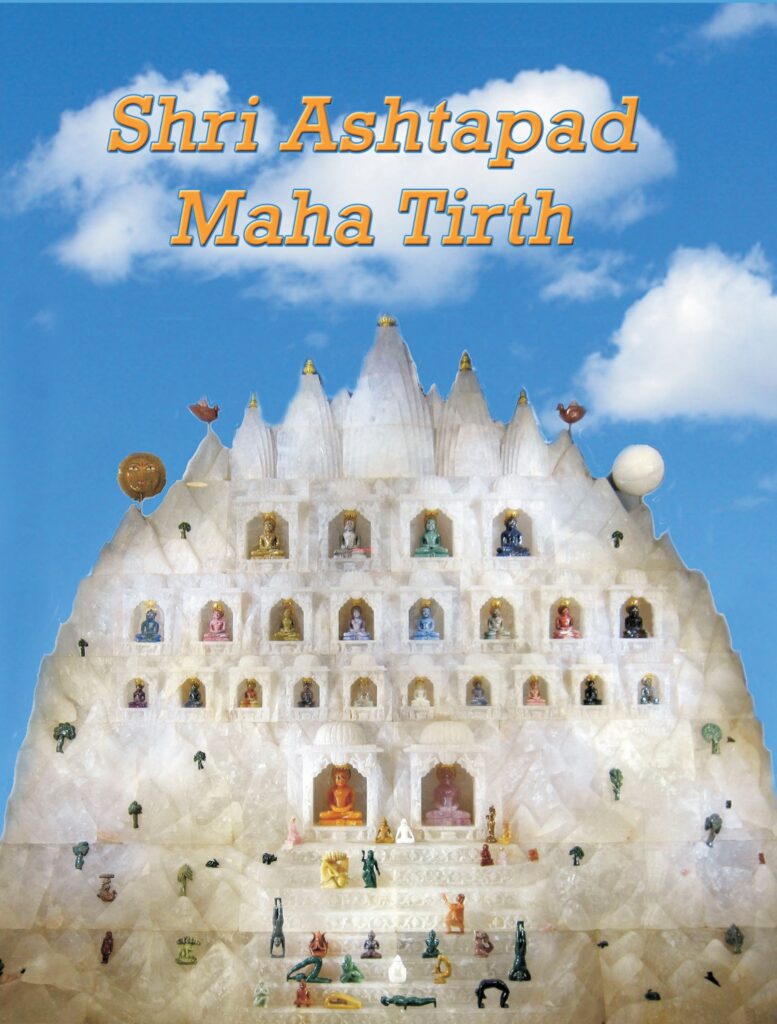Ashtapad Jain Maha Tirth
- Home
- Ashtapad Jain Maha Tirth
Ashtpada
The ‘Ashtapad Maha Tirth’ is one of the five most respected Jain Maha Tirth, where the First Tirthankar of the Jain Religion, Shree Rushabhdev Bhagwan, attained NIRVANA. In India, there are five prominent places of Jain pilgrimages. We find only four: Sametshikhar, Abu, Girnar and Shatrunjay, but we have not been able to find the fifth one called the Ashtapad “Tirth.
According to the ancient scripture, the son of Bhagwan Rushabhdev, Chakravarti Bharat, had built a palace adorned with gems on the Ashtapad mountain situated on the beautiful and serene region of the Himalayas. If one were to reach there, one had to climb eight steps and hence it was named Ashtapad. The first Tirthankar Bhagawän Shri Rishabhadev had attained Nirväna on the Ashtäpad Mountain. Chakravarti King Bharat (son of Shri Rishabhadev) had built a palace with precious stones at this place as a memorial to commemorate the Nirväna of Bhagawän Shri Rishabhadev. The name “Ashtäpad” is derived from the fact that there are eight (Ashta) steps (Pad) leading to the palace. Following legend associated with Ashtäpad describes details about the Tirthankars. Once after attaining absolute knowledge, Shri Rishabhadev Bhagawän was delivering a sermon while seated in Samavasaran. Out of curiosity, King Bharat asked if any human being present here would become a Tirthankar in the future. He replied affirmatively and said his son Marichi will become 24th Tirthankar after many life cycles and will be known as Mahävir. He subsequently explained the upcoming Chovisi (24 Tirthankars). This is how King Bharat came to know details of present Chovisi.
The information about the Ashtapad are found in the ancient Jain Aagams and in ‘Avashyak Niyurkti’, ‘Kalpasutra’, ‘Nishithchumi’, ‘Shree Ashtapada Maha Tlrthkalp’, Trishshti Shalaka Purush charit’, ‘Vasudev Hindi’. ‘Abhidhan Chintamani’. There are various glorious stories related to this Maha Tirth are available in historic documents. References about this Maha Tirth were also found in the religious books of Hinduism. Moreover, very important information are also found in the religious books written in the Tibetan language. The Yogis residing in Himalayas and the various places of pilgrimages also knows much about this maha Tirth. Also in some of the very ancient manuscripts, one can found descriptions about this Tirth.

There are five main Tirth where all twenty four Tirthankars attained salvation as per following verse from scripture given below:-
अष्टापदे श्री आदि जिनवर , वीर पावापुरी वरुं , वासुपूज्य चंपानयर सिध्धा , नेम रैवत गिरि वरुं ….. सम्मेत शिखरे वीस जिनवर मुक्ति पहुंच्या मुनिवरुं , चउवीस जिनवर नित्य वंदु सयल संघ सुखकरुं ||

